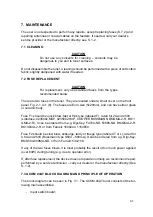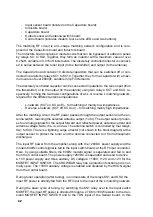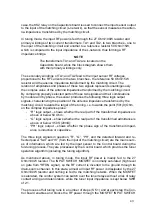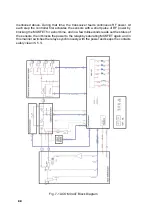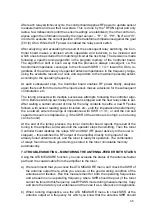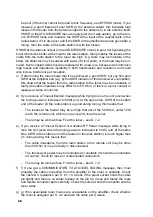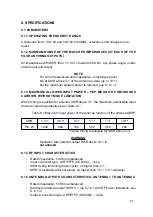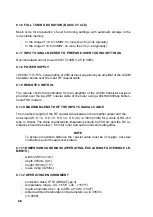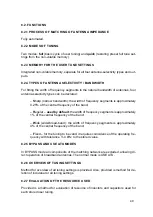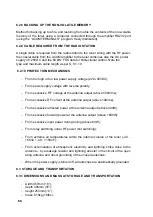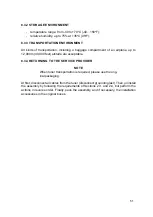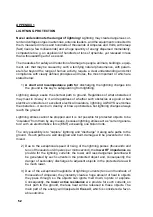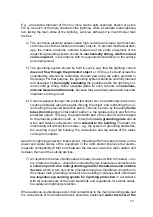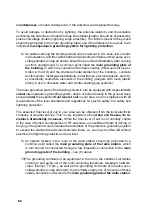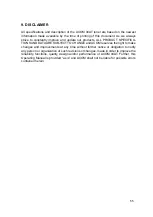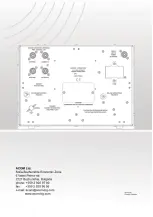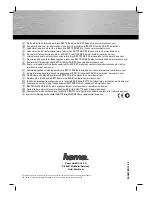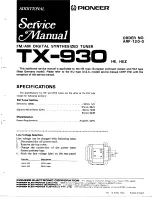
54
54
counterpoises
or buried underground, if the antennas are designed this way.
To avoid damage or destruction by lightning, the antenna isolators, and the isolators
sectioning the antenna and mast bracings into smaller lengths, should be bypassed by
pulse overvoltage limiters (lightning surge arrestors). The limiter closest to the ground
should be grounded to the main grounding plate, and if the distance is too great, to an
individual
low-impedance grounding system for lightning protection
.
8)
All cables entering the building should only be laid out in one zone, low in build
-
ing foundation, and the cable braids and grounding terminals of their pulse over
-
voltage limiters (surge arrestors) should be grounded immediately after coming
out from underground, in a common point called the
main grounding plate of
the building
, to which are connected the mains neutral, (this would not be per
-
mitted in the UK) and the structural metal elements of the building – concrete
reinforcement, metal pipe installations, metal frames, electrical panels, and oth-
er electrically conductive elements of the building (dangers with much plastic
tubing in use in domestic water and central heating pipe systems).
The main grounding plate of the building should in turn be equipped with a special
indi-
vidual
low-impedance grounding system, driven or buried directly in the ground, deep
enough
under
the expected
frost level of soil
in your area, and in compliance with all
requirements of the local standards and regulations for electric safety, fire safety and
lightning protection.
The expected frost level of soil in your area can be obtained from the local electricity
company or weather service. This is very important, since
when soil freezes, its re-
sistance dramatically increases.
While the frost level of soil is not normally critical
in the case of buried counterpoises of RF antennas, an insufficient depth of driving or
burying in the ground could increase the resistance of the protective grounding system
to exceed the standard requirements several times, i.e. you may be often left without
electrical and lightning protection in the winter.
9)
All objects located in the room of the radio station should be grounded to a
common point called the
main grounding plate of the radio station
, which
in turn should be connected through a low-impedance connection to the
main
grounding plate of the building
– see (8) above.
10)
The grounding terminals of all equipment in the room, the shields of all cables
coming in and going out of the room (including telephone, telegraph, network,
video, Internet, TV etc.), as well as the grounding terminals of all pulse over-
voltage limiters (surge arrestors), that normally supply any of the wires of these
cables, should be connected to the
main grounding plate
of the radio station
.
Summary of Contents for ACOM 04AT
Page 1: ...1 ...
Page 57: ...2 2 ...


